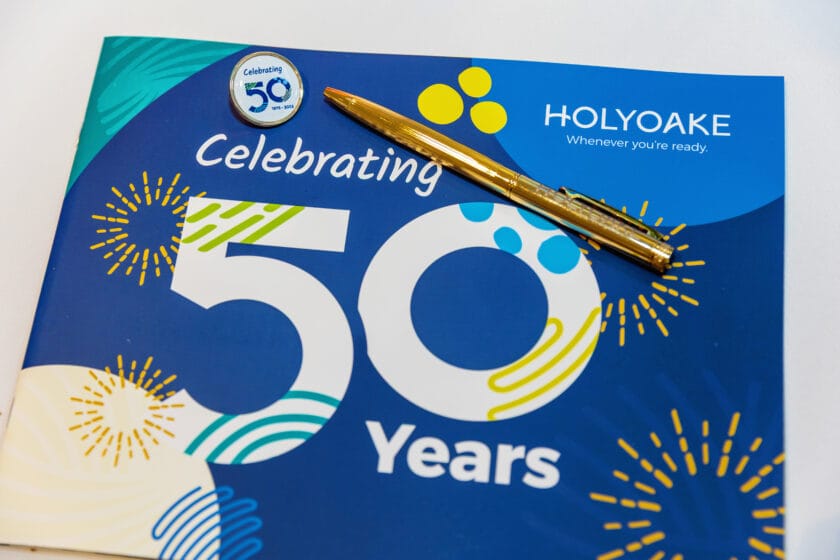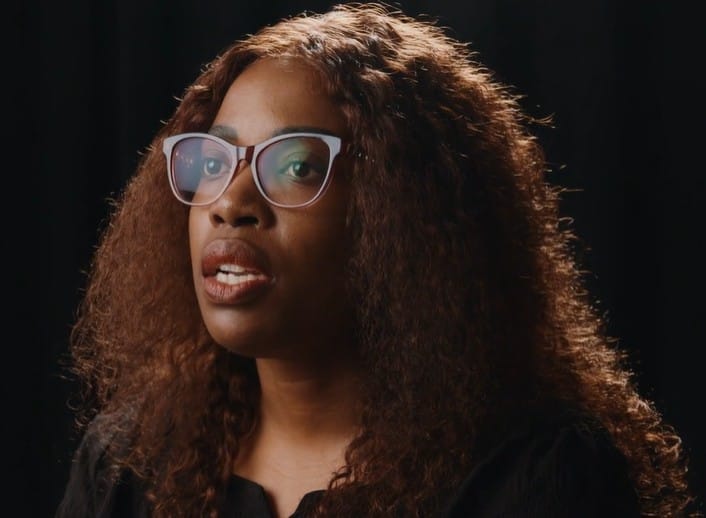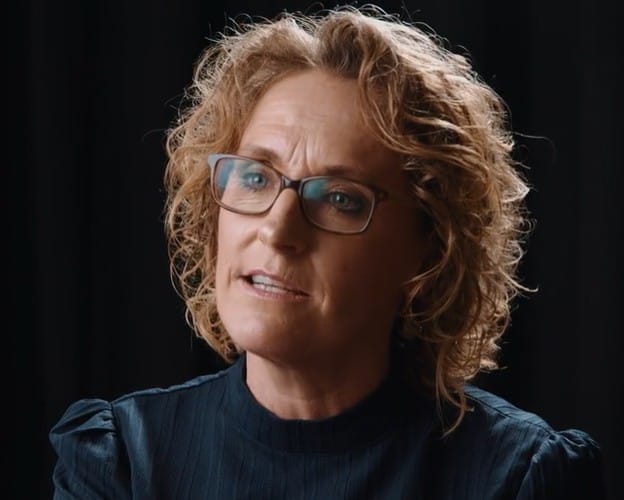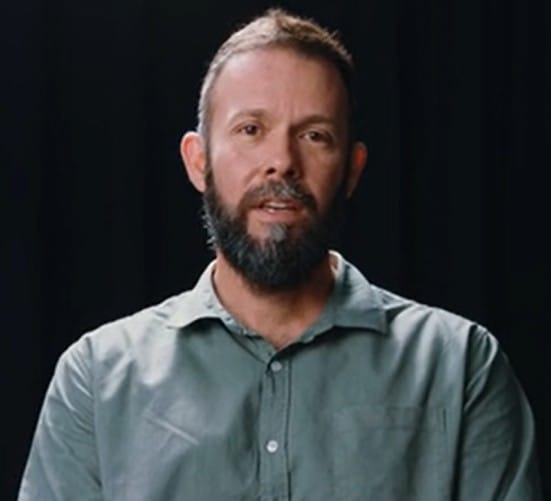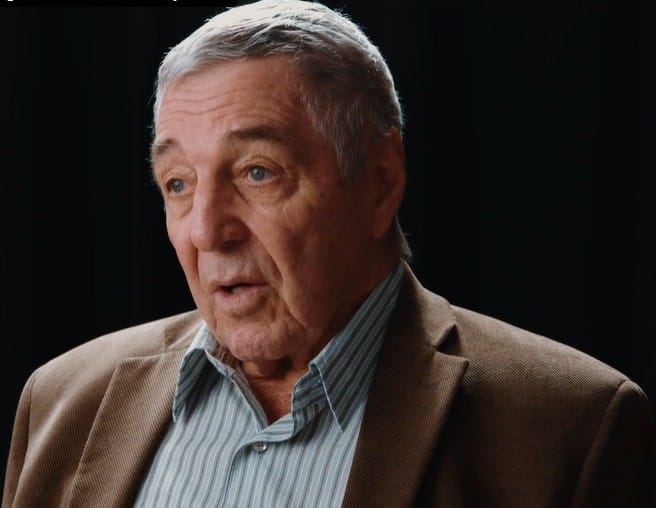Why Do Youth Use Drugs and Alcohol – Is It Normal Adolescent Behaviour?
Why do youth use drugs and alcohol? It’s a question many parents, carers and educators ask when they notice a young person experimenting with alcohol or other drugs. For some, it can be an expression of curiosity or a desire to fit in. For others, it may be a way to cope with emotional distress. Understanding the reasons behind drug use among youth is essential to offering support and reducing harm.
Understanding Adolescence and Risk
Adolescence generally refers to young people aged 12 to 17. It’s often described as the ‘not quite’ stage – no longer a child, not quite an adult. This period involves major shifts in identity, mood, and behaviour. Young people may feel misunderstood, isolated or overwhelmed as they work through intense emotions and new experiences.
Seeking autonomy is a natural part of this stage. As adolescents begin to explore independence, many experiment with new behaviours – including using drugs or alcohol – often driven by peer influence, curiosity or a desire to push boundaries.
Why Do Youth Use Drugs and Alcohol?
There is no single reason why youth use drugs and alcohol. Motivations can vary widely.
Important factors might include:
- to change mood
- for enjoyment and pleasure: to be sociable, to relax, to celebrate, to have fun
- to alleviate feelings of sadness, boredom, loneliness, depression or pain, or to cope with other problems
- to mark occasions such as passing an exam or the end of the working week
- to cope with a range of symptoms associated with experiencing traumatic events
- to experiment out of curiosity
- to rebel and show their independence
- to be part of a specific peer group
Many factors influence a young person’s risk of substance use, including family history, social environment, low self-esteem, access to illicit substances, and mental health challenges. While not all drug use leads to addiction, the potential for significant harm increases when use becomes regular or dependent.
Patterns of Youth Drug Use
Understanding how young people use alcohol and other drugs can help differentiate between experimentation and more concerning behaviour. The following model (Schafer, 1972) offers insight into common usage patterns:
- Experimental: This pattern of use refers to short-term use of a drug, and for some people, they will only ever use a particular drug once. Experimental use may be motivated by curiosity or a desire to experience new feelings or moods. Peer influence may be a factor in experimental drug use.
- Social: This pattern describes drug use on specific social occasions, e.g. drinking at a party or in a social setting.
- Situational/Circumstantial: This pattern is associated with use for specific situations and/or for a set period, e.g. a student drinking coffee during exam periods, or an individual under acute stress or experiencing bereavement.
- Intensive: This level of use may border on dependence. It is often related to an individual’s need to achieve relief or to maintain a higher level of performance, e.g. taking large doses of tranquillisers or analgesics to cope with or escape from current or past trauma or using stimulants to assist with concentration and/or for excitement.
- Compulsive: This pattern refers to persistent and frequent high doses of a drug producing psychological and physiological dependence where the user cannot discontinue use without experiencing significant mental or physical withdrawal. With compulsive use, there is also likely to be a preoccupation with the need to obtain adequate amounts of the drug to avoid withdrawal symptoms.
This model does not intend to imply that a person will progress from one type of use to another, e.g. experimental to intensive use or compulsive use, but is helpful in understanding that there are a range of ways in which young people use alcohol and other drugs and may develop associated problems.
Substance Use and Mental Health
When drug use among youth continues over time, it can be linked to underlying mental health issues. A young person may use alcohol or drugs to escape painful thoughts or emotions. In this context, drug use is not about seeking pleasure, but about managing distress.
Conditions such as anxiety, depression, trauma and poor self-image can increase the risk of substance abuse. The use of illicit drugs, alcohol, or other substances may temporarily reduce symptoms, but can also worsen mental health over time and lead to substance use disorder or drug dependence.
Warning Signs of Drug Use
It can be difficult to tell if a young person is using drugs, especially when mood swings and behavioural shifts are common during adolescence. However, some warning signs may include:
- Sudden changes in mood or behaviour
- Withdrawal from family or friends
- Poor judgement or decision-making
- Falling school performance
- Irresponsible behaviour or breaking rules
- Presence of drug paraphernalia or smells
- Changes in sleep or eating habits
- Increased secrecy or defensiveness
These signs may not confirm drug use, but they do indicate that a young person might be struggling and could benefit from support.
Protective Factors and Support
While there are risk factors associated with youth drug use, there are also protective factors that reduce the likelihood of harmful behaviour. These include:
- A strong bond with a caring adult
- Supportive peer relationships
- Healthy school and community environments
- Positive self-esteem and coping skills
- Clear expectations and consistent boundaries
These supports form the foundation of drug-free kids initiatives and help young people make safer, healthier choices.
How Holyoake Supports Young People
Counsellors will work in a client-centred, trauma-informed way, assessing for co-occurring mental health concerns. Young people will be provided with an opportunity to explore their drug-taking behaviour in the context of their life circumstances. They will be encouraged to discuss both the positives and negatives of their drug use in a non-judgemental manner (motivational interviewing).
Counsellors at Holyoake have a deep understanding of the developmental issues that characterise adolescence, as well as the risk and protective factors in relation to each adolescent’s development, and they tailor their approach accordingly.
They know the importance of building an effective therapeutic relationship with the young person. They are non-judgmental about the adolescent’s drug use. They provide practical and clear limits and discuss options and freedom of choice. Discussion is encouraged by being respectful and listening carefully to the experience of the young person. They are flexible and provide practical and concrete strategies where possible.
Harm reduction is a key part of the counselling process, particularly if the young person is not yet ready to change their AOD use. Counsellors will explore whether it is risky use and how it is impacting their physical and psychological wellbeing. Strategies to reduce the harm of AOD use will be discussed, without condoning the use.
Counsellors will liaise with other workers and agencies as necessary, particularly in the case of co-occurring mental health problems. Where possible and appropriate, the family is included.
If you or a loved one is having issues with a youth using drugs, consider the support of a drug and alcohol youth service and get in touch with the team at Holyoke.
Explore our youth-centred services: Young people programmes.
Frequently Asked Questions
Motivations range from curiosity and peer pressure to emotional distress, trauma, boredom, or the desire to fit in or rebel.
Teens may turn to alcohol and drug use to explore identity, gain social acceptance, or escape emotional challenges. The behaviour can be influenced by many social and personal factors.
According to recent data from the National Institute on Drug Abuse and similar bodies in Australia, many high school students report having tried alcohol or other drugs at least once in the past year. Rates of regular use vary by region and age.
Patterns of youth using drugs shift over time. While some substances are declining in popularity, others (including vapes and marijuana) look to be increasing.
Surveys suggest that a significant portion of Australian teens have experimented with alcohol or illegal drugs, with usage rates influenced by age, gender, and location.
The best approach involves early education, open communication, clear boundaries, access to support, and involvement in positive activities. Creating strong relationships with trusted adults is especially important.
References
Alcohol and other drug use in young people – for family and friends. Melbourne. Orygen, 2021.
Stone, J., Marsh, A., Dale, A., Willis, L., O’Toole, S., Helfgott, S., Bennetts, A., Cleary, L., Ditchburn, S., Jacobson, H., Rea, R., Aitken, D., Lowery, M., Oh, G., Stark, R.,& Stevens, C. (2019). Counselling Guidelines: Alcohol and other drug issues (4th ed.). Perth, Western Australia: Mental Health Commission.
Towers, T., & Carmichael, C. (2009). Responding to young drug use issues. In S. Helfgott & S. Allsop (Eds), Helping change: The drug and alcohol counsellors training program. Perth. WA. Drug and Alcohol Office.
